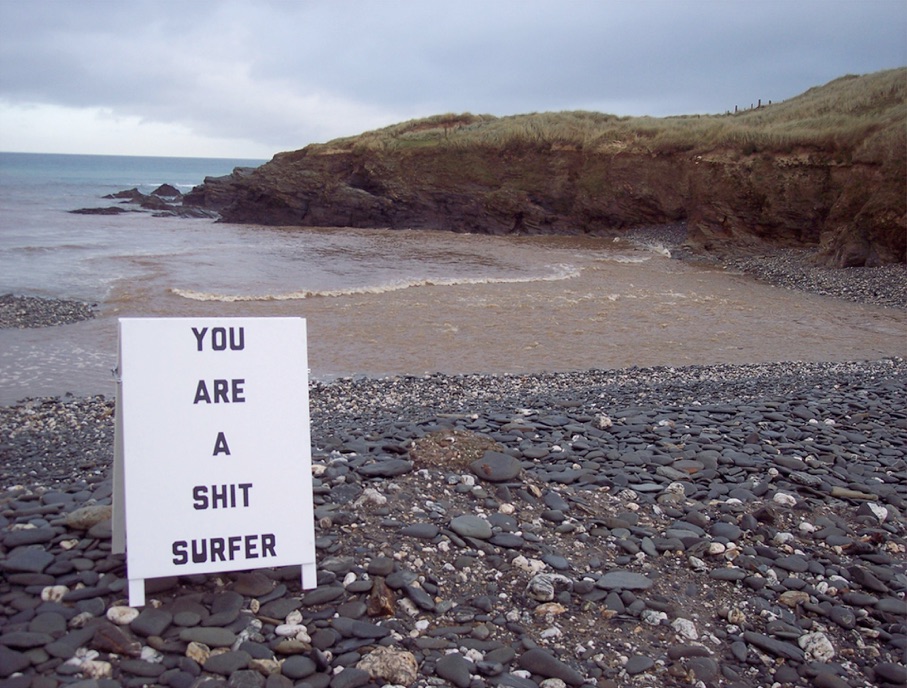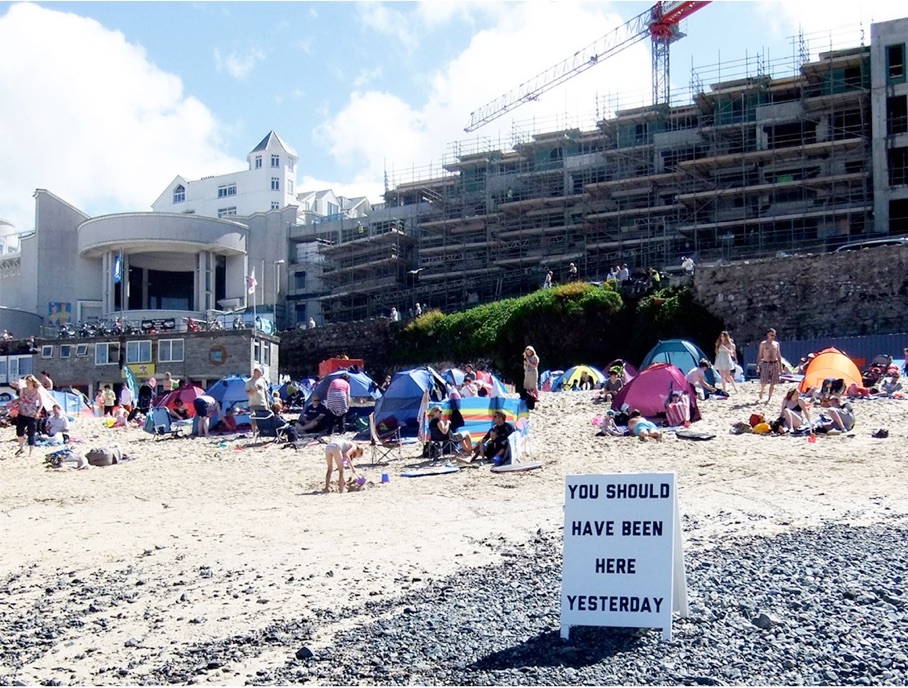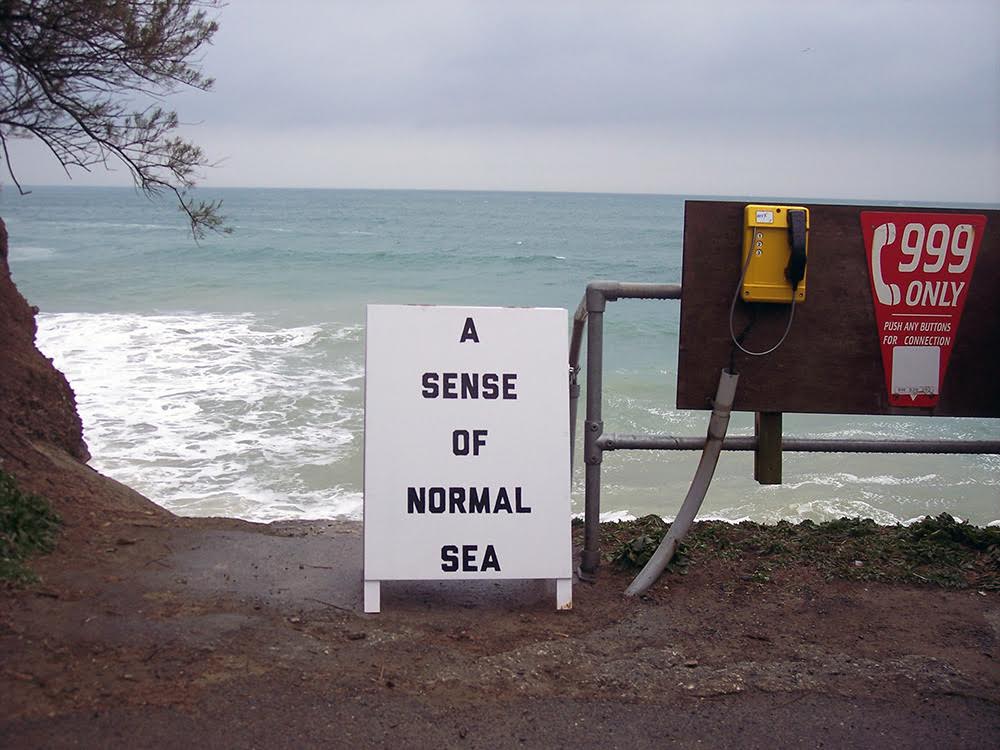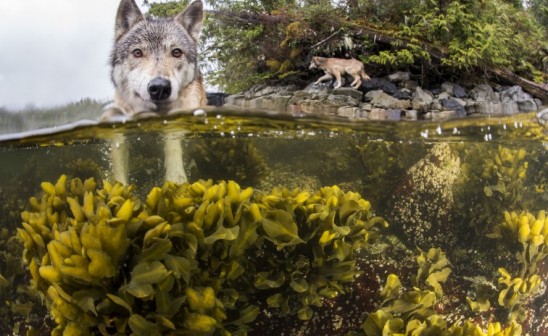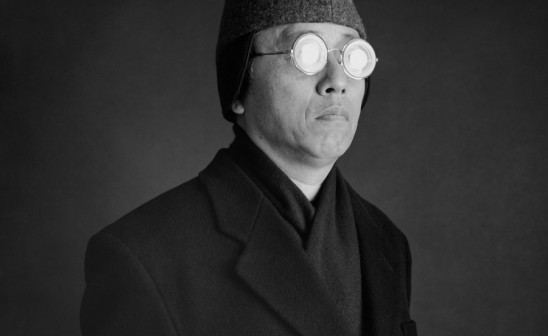I advocate an individual sense of responsibility towards marine pollution.
Multi-disciplinary and mixed-media artist Ben Cook was born in south west England and grew up in rural Yorkshire. After studying painting in art school, he shared a studio with other artists in Manchester in the early 1990's. It was during the "Madchester" era, one of the most famous periods in the city's rich musical history. 12 years ago, Ben moved to Cornwall and developed a deep connection to the sea. Working in a variety of mediums, his work is influenced by this special relationship. Be it environmental art or surf art, it has seen Ben become a strong advocate of marine resources conservation. He now considers surfers and other water users to be guardians of the ocean. Prior to the upcoming Cyan/Anthracite collective exhibition in Hamburg, we met the British artist who dedicates his art to finding an unique way of raising people's awareness about the oceans.
You work in many mediums, from crafting things from wood, foam, resin, to photography. Would you consider yourself as a multi-disciplinary contemporary artist?
Yes, I have always experimented with different media- it is what keeps me interested and productive, and it defies the art world, that wants to pigeonhole artists. However, nowadays I try to use found and recycled materials, and also old artworks, to avoid bringing too much new ‘stuff’ into the world.
Your inspirations are both deeply rooted in the ocean as well as in historical movements, combined with an interest in contemporary popular culture. Could you tell us more about all these influences?
I have a passion for art history and how it can inform the artwork we make today. Specifically, I like to apply historical concepts, techniques and ideas to re-imagine what ‘Surf Art’ can be for the 21st Century. Art that is inspired by surfing and skateboarding tends to be frowned upon by the established art world. I see this as a challenge to produce work that will fit into both worlds of ‘low’ and high’ culture, to reach as many people as possible.
Have you always been involved in ‘alternative’ sports?
Yes, I raced BMX bikes back in the day, then got really into skateboarding on the streets of Manchester. When I moved to Cornwall, aged 37, there was no doubt in my mind I was going to learn to surf. It’s been incredibly difficult, starting later in life, but also incredibly rewarding physically and spiritually. Like most surfers, I now arrange my life around swell, tide and time.
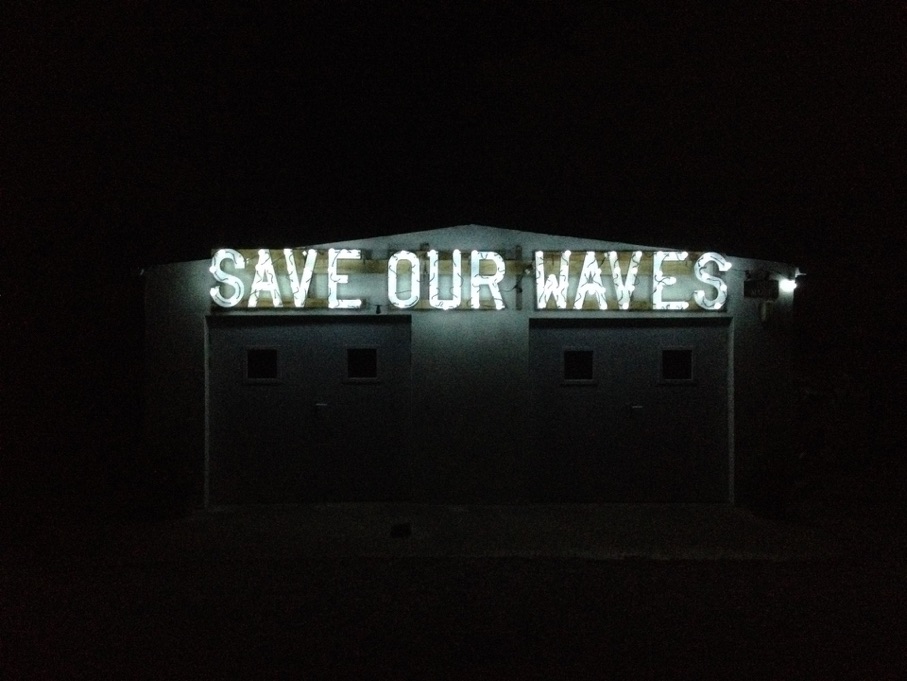
It also seems surfing represents more for you than pure physicality and immersion, doesn’t it?
I am interested in how a surfer views the landscape and environment in which they live and surf, what is known as the ‘Surfer’s Gaze’. There is a very particular approach to a surfing life that spawns a culture that is often misunderstood, due to media stereotypes and ‘surfploitation’. The demographic of the surfing community is constantly evolving and I try to make work that addresses the wider concerns, rather than the traditional themes of ‘surf stoke’ that comes from an almost solipsistic approach to life.
How would you describe your relationship to the ocean?
The longer I am a surfer, the more passionate I am about the ocean environment and finding ways to halt the damage that is threatening to destroy all life on earth. Surfers should be guardians of the ocean, but all too often they stick their heads in the sand regarding issues of marine pollution. I personally don’t think it is sufficient to pay a subscription fee to a sea or surf pressure group and expect them to deal with the problem. I advocate an individual sense of responsibility towards these issues, i.e. a grain of sand approach - thousands of small actions that add up to a greater force for action.
Most of your artworks hold a strong message, often focused on environment and pollution. Can you tell us the story behind the « Save Our Waves » project? How much is the conservation of ocean important to you?
I have several series of works that are evolving over time as ideas emerge, or incidents occur, that prompt a response or action. The series of ‘A Frame’ signs is an example of this. If I feel the words/slogans on the signs are appropriate to a specific situation on a particular day, I place the sign in the environment and photograph it. This work has been able to develop and reach a wider audience utilizing the immediacy of social media. Some of the signs are site-specific and address ongoing concerns for surfers in Cornwall. The ‘You Are A Shit Surfer’ sign is an attempt to grab surfers attention regarding the sewage spills into the seas around the coast due to inadequate sewage and waterworks infrastructure. The ‘Save Our Waves’ illuminated sign is another aspect to this protest, although the aesthetic of this artwork also references a similar sign made by Cornish fisherman twenty years ago, adding a local context to this universal problem.
As an artist, do you consider yourself as a bridge between the ocean and people?
The idea of the surfer as messenger about the state of the ocean interests me as an artist. Along with other water users, we are closest to the beauty and natural forces of the ocean, but also see the problems at first hand. We take from the ocean in the form of health, excitement and awe at the sublime experience of wave riding and we should be the first to try to safeguard the marine environment.
Who do you want to address with your art?
In 2008 I was commissioned by the Eden Project in Cornwall to collaborate on their Sustainable Surfboard project. This was an opportunity to work with the Cornish factories that were developing more sustainable surfboard materials, made from plant based bio-resins. Essentially the artworks produced examined the ‘Toxic Paradox’ of surfing’s ‘green’ image. As I have mentioned previously, surfers rely on the good health of the ocean, but even their surfboards and wetsuits are made from toxic petrochemicals. There has been some moves to bring less toxic foams, resins and neoprenes into the industry in recent years but the majority of surfers insist on the pure white blank used to make their boards. My artworks experimented with the waste foams and resins and offcuts of wood from the factory floors to make simple abstract works referencing surfboard design and land or seascapes.
What are your projects for this year?
I am excited to have been invited to take part in Cyan/Anthracite at the Affenfaust Gallerie in Hamburg on 4th of March, as it means my work is reaching a wider audience, and is appreciated by other like-minded board riders. The works in the exhibition are from the ‘Waxwork’ and ‘Neoscapes’ series. The waxworks are made from surf wax and reference natural ocean phenomena and also Abstract Expressionist painting. They are made by rubbing the wax on a support as you would on a surfboard, and scratching, drawing and melting the wax. The ‘‘Neoscapes” are simply ‘found objects’, cut-up and re-presented old wetsuits. However, in their new form they reference land and seascapes. These works borrow from the esoteric elements of surfing subculture to reference historical art movements and current global issues around recycling and landscape.
Discover more of Ben Cook work on his website


